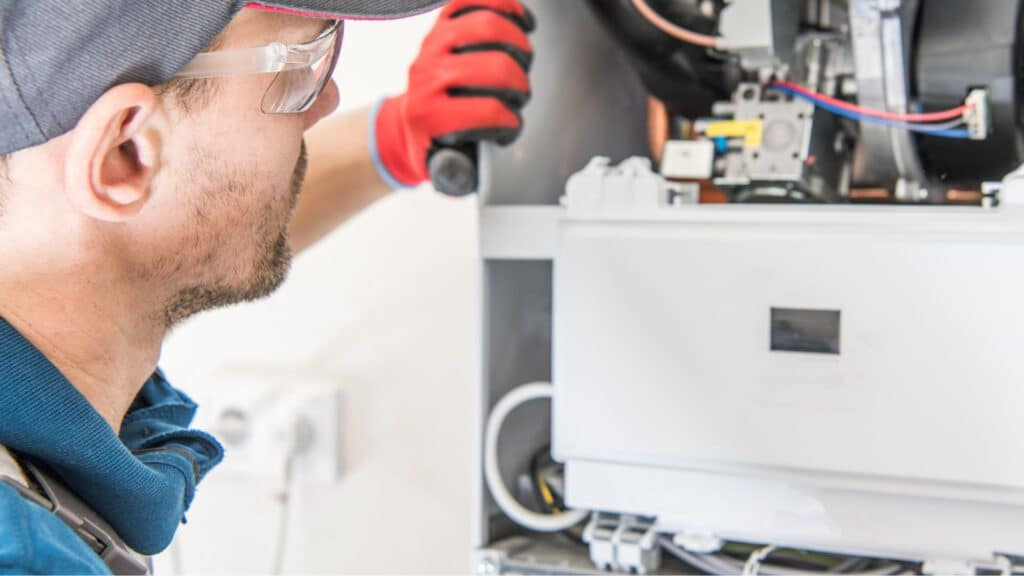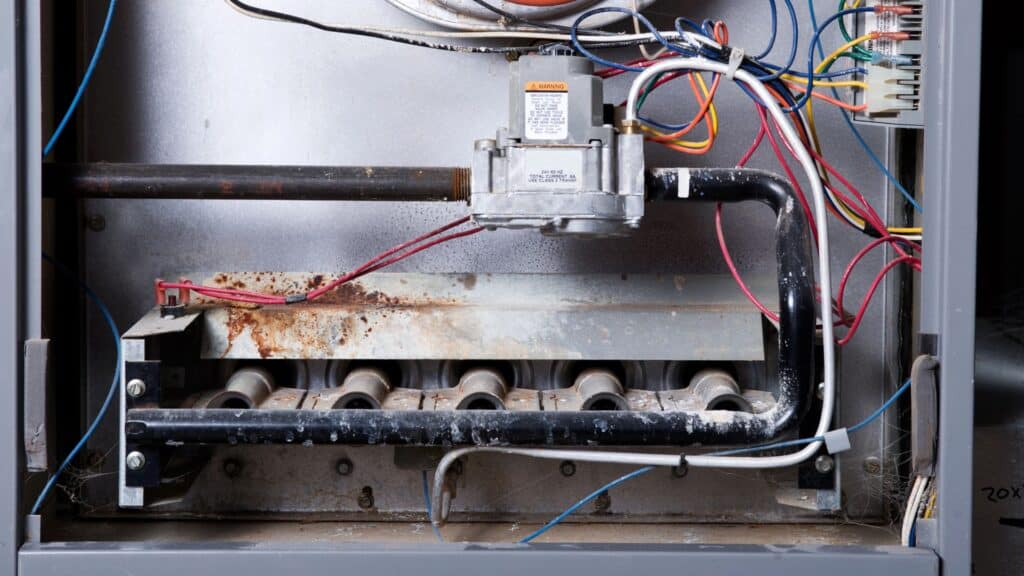A leaking toilet is more than just an inconvenience; it can lead to increased water bills and potential water damage if not addressed promptly. As a homeowner or tenant, knowing how to handle emergency toilet repairs can save the day—and potentially your wallet—until professional help arrives. This article outlines some quick fixes for a leaking toilet, offering handy plumbing tips that can help you stem the flow and protect your home from water damage.
Understanding the Source of the Leak

Before diving into emergency repairs, it’s crucial to determine where the leak is coming from. A toilet can leak from several places: the base, the tank, the supply line, or the wax ring beneath it. Identifying the source will guide your next steps and help you apply the correct fix.
Leak at the Toilet Base
One of the primary advantages of tankless heaters is their energy efficiency. Because they heat water on demand, they don’t suffer from standby heat losses associated with storage water heaters. This can translate into lower utility bills, making tankless heaters a financially savvy option in the long run.
Leak from the Tank
Water trickling down the sides of the toilet tank suggests an internal leak. The flapper valve inside the tank, which releases water into the bowl when you flush, might be worn out or misaligned. Inspecting the tank’s internal components can help you identify and address the issue.
Supply Line Leak
The supply line connects your toilet to the household water supply. A leak here could be due to a faulty connection or a damaged supply line. Tightening the connections or replacing the supply line are potential fixes for this problem.

Temporary Fixes for Leaks
While some issues will ultimately need a professional plumbing service, there are temporary measures you can take to manage a leak.
Shut Off the Water
The first step in any emergency plumbing situation is to shut off the water supply to the toilet. Locate the shutoff valve behind the toilet or near the base and turn it clockwise to close it. This will stop the flow of water and prevent further leakage while you work on a solution.
Plugging Base Leaks
In the case of minor leaks at the base, you can try temporarily sealing the area with plumber’s putty or silicone-based sealant. Though not a permanent fix, this can buy you time until you can get a plumber to replace the wax ring or address other underlying issues.
Fixing Tank Leaks
For leaks originating from the tank, check the condition of the flapper valve. If it’s worn or damaged, you can find a replacement at most hardware stores. Be sure to follow the manufacturer’s instructions for installation.
Addressing Supply Line Leaks
If the leak comes from the supply line, first try to tighten the connections with a wrench. If the leak persists or the line is damaged, replacing the supply line is a relatively straightforward DIY task, or you can call a plumbing service for assistance.

When to Call a Professional
While the above solutions can serve as temporary fixes, certain toilet repair scenarios necessitate the expertise of a professional plumber in Calgary.
Persistent Leaks
If your attempts at fixing the leak don’t hold or the problem recurs, it’s time to call in the experts. Persistent leaks can lead to more significant issues, such as rot or mold, that require professional intervention.
Complex Repairs
Toilet repairs that involve the removal and reinstallation of the toilet, such as replacing the wax ring, are best left to a professional plumbing service. The same goes for leaks that are difficult to diagnose or beyond the scope of basic DIY skills.
Emergency Situations
In the event of severe leaks or when water damage is imminent, don’t hesitate to call an emergency plumbing service. They have the tools and experience to quickly address the issue and mitigate any damage to your property.

Preventive Maintenance Tips
While the above solutions can serve as temporary fixes, certain toilet repair scenarios necessitate the expertise of a professional plumber in Calgary.
Regular Inspections
Conduct regular inspections of your toilet’s components, such as the flapper, fill valve, and supply line. Look for signs of wear or damage that could lead to leaks.
Timely Replacements
Don’t wait for a leak to develop before replacing worn-out parts. If you notice the flapper is no longer sealing properly or the supply line is showing signs of wear, replace them promptly.
Avoiding Clogs
Clogs can cause backups and leaks, so be mindful of what you flush down the toilet. Only flush waste and toilet paper, and use a plunger or auger to clear any clogs as soon as they occur.
Professional Inspections
Consider having a professional plumbing service conduct annual inspections of your plumbing system. They can catch issues you might miss and provide expert advice on maintenance.
Toilet Repairs in Calgary
A leaking toilet doesn’t have to turn into a full-blown emergency. By understanding the common sources of leaks and knowing some quick DIY fixes, you can protect your home from water damage and keep your plumbing running smoothly. Remember, while these tips can help in a pinch, some repairs are best handled by a professional plumbing service to ensure a permanent solution. Don’t hesitate to call in the experts when needed, and practice regular maintenance to prevent leaks from occurring in the first place.
By taking a proactive approach to toilet maintenance and being prepared for emergency repairs, you’ll be better equipped to handle plumbing issues and preserve the longevity of your toilet.
Remember, when in doubt or faced with a complex repair, it’s always best to consult with a professional plumber. They can provide the expertise and services needed to fix your toilet and prevent future leaks, ensuring your home stays dry and your plumbing system remains reliable.







